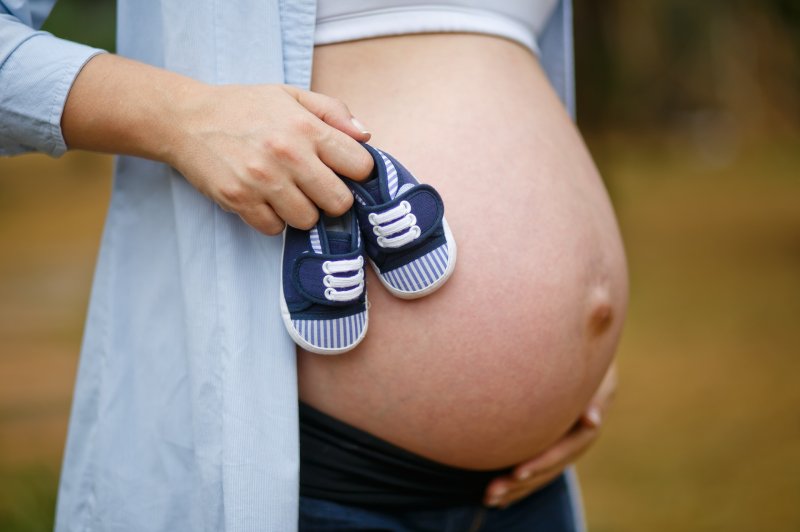A recent Gallup Poll reveals 36 percent of Americans say they would want a boy versus 28 percent wanting a girl if they were to have only one child. Photo by 3907349/Pixabay
July 5 (UPI) -- If they they could have only one child, there are more Americans who say they'd prefer a boy than those who would rather have a girl.
Results of a recent Gallup Poll indicate 36 percent of Americans say they would want a boy versus 28 percent who would want a girl. The remaining respondents -- 36 percent of the total -- did not have a preference.
Gallup has asked the question 11 times since 1941, with an average 11-percentage-point gap in preferences for boys over girls. The gap was as large as 15 points in 1947 and 2000 and as small as 4 percentage points in 1990.
The poll, conducted from June 1-13, reveals a slightly smaller split than the 12-point gap Gallup found in its last measure, in 2011.
Broken down by sex, men have preferred a boy over a girl by an average of 25 points through the years, while women have averaged a slight 3-point preference for a girl. The largest gap among men was in 2000, when 55 percent said they would prefer a boy and 18 percent said they would prefer a girl.
In the current survey, preferences among women were essentially even, with 31 percent wanting a girl and 30 percent preferring a boy.
The poll found an age gap in Americans' preferences for a child's sex, with those ages 18 to 29 significantly more likely to want a boy rather than a girl.
College graduates are essentially neutral in their preferences, while those with some college education and those with a high school education or less wanting a boy versus a girl.
The Gallup Poll is based on telephone interviews conducted with a random sample of 1,520 adults. The margin of sampling error is at 3 percentage points.















